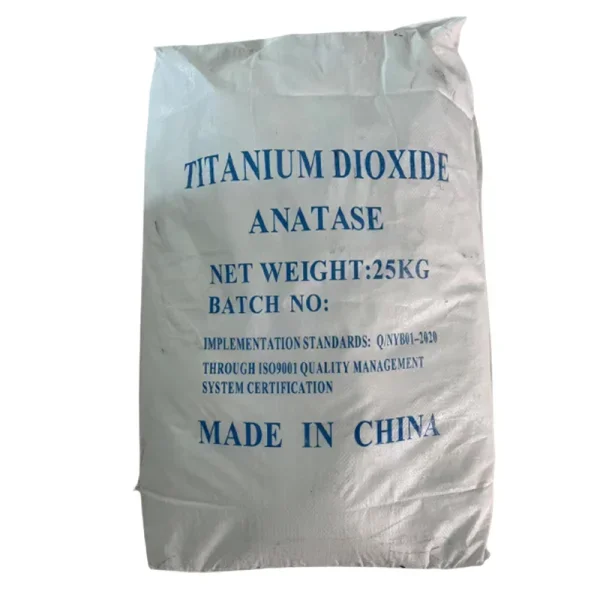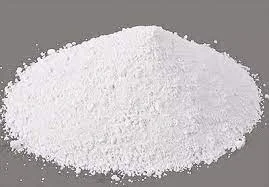Welcome to the fascinating world of crystals! Today, we are diving deep into the mesmerizing realm of anatase and rutile. These two captivating minerals possess extraordinary qualities that not only spark our imagination but also have significant implications in various industries. From their distinct crystal structures to their unique properties, join us on a journey where we unravel the mysteries surrounding anatase and rutile.
Introduction to Anatase and Rutile
Anatase and rutile are two of the most important titanium dioxide (TiO2) polymorphs. They are both naturally occurring minerals, but they differ in their crystal structures and properties.
Anatase has a tetragonal crystal structure, while rutile has a trigonal crystal structure. This means that anatase crystals have four sides, while rutile crystals have three sides. The different crystal structures of these two minerals result in different physical properties.
For example, anatase is more stable than rutile at high temperatures. This makes it ideal for use in applications where high temperatures are present, such as in ceramic manufacturing. Rutile is also more resistant to attack by acids than anatase, making it suitable for use in chemical processing applications.
The different crystal structures of anatase and rutile also result in different optical properties. Anatase is less transparent than rutile, meaning it absorbs more light. This makes it useful for pigments and other colorants. Rutile is more transparent than anatase, meaning it transmits more light. This makes it useful for optical applications such as lenses and fiber optics.

Crystal Structure of Anatase and Rutile
Crystal structure is one of the most important characteristics that determines the properties of a material. Anatase and rutile are two common polymorphs of titanium dioxide, which have different crystal structures and thus exhibit different properties.
Anatase has a tetragonal crystal structure, whereas rutile has a monoclinic crystal structure. The difference in crystal structure results in different optical and electrical properties for the two materials. For example, anatase is more optically active than rutile and has a higher refractive index. Additionally, anatase is a better semiconductor than rutile, with a smaller bandgap.
The different physical properties of anatase and rutile can be exploited for various applications. Anatase is used in photocatalysis and photoelectrochemistry due to its semiconducting properties, while rutile is used as a pigment due to its high refractive index.
Properties of Anatase and Rutile
Anatase and rutile are two of the most common forms of titanium dioxide (TiO2). They are both minerals that occur naturally in the earth’s crust, and they are both used commercially for a variety of purposes.
The main difference between anatase and rutile is their crystal structure. Anatase has a tetragonal crystal structure, while rutile has a rhombohedral crystal structure. This means that anatase crystals are four-sided, while rutile crystals are six-sided.
The different crystal structures of anatase and rutile result in some different physical properties. For example, anatase is harder than rutile, but rutile is more resistant to weathering. Anatase also has a lower density than rutile.
Both anatase and rutile are used commercially for the production of titanium dioxide pigment. However, because of its higher resistance to weathering, rutile is more commonly used in outdoor applications such as paint and coatings.

Differences in Crystal Structure and Properties between Anatase and Rutile
Crystal structure:
Anatase and rutile both have a tetragonal crystal structure, meaning that their atoms are arranged in four symmetrical sides. However, the way that the atoms are stacked in these lattices is different. In anatase, the titanium atoms are octahedrally coordinated, meaning that each atom has six nearest neighbors. Rutile, on the other hand, has a more complex atomic arrangement with titanium atoms that are tetrahedrally coordinated (meaning each atom has four nearest neighbors).
These different coordination geometries lead to different properties for the two minerals. For example, anatase is more chemically reactive than rutile because of its exposed surface area. The octahedral coordination also makes it easier for ions to be exchanged between anatase and other minerals. This exchange is what gives anatase its catalytic properties.
Rutile, on the other hand, is more stable and less reactive than anatase because of its lower surface area and more complex atomic arrangement. The tetrahedral coordination also makes it harder for ions to be exchanged between rutile and other minerals. This lack of ion exchange means that rutile does not have any catalytic properties.
Uses of Anatase and Rutile in Industry
Anatase and rutile are two of the most important minerals in the world. They are used in a variety of industries, including:
-The manufacturing of cement
-The production of titanium dioxide
-The making of glass and ceramics
-The creation of pigments
-The purification of water
Each mineral has its own unique properties that make it valuable in these industries. For example, anatase is known for its high level of purity, while rutile is known for its strength and durability.

Conclusion
In conclusion, anatase and rutile are two different titanium dioxide polymorphs that possess distinct properties due to their unique crystal structures. Although they can have a similar chemical composition, the differences in crystalline structure give them distinct properties such as optical, electrical and mechanical characteristics. It is important to understand these differences when selecting which form of titanium dioxide to use for specific applications. Knowing how these materials differ will help you make an informed decision on which one is best suited for your project!
Wuxi CHTI New Material Co., Ltd. was established in 2015, the main product is titanium dioxide. It is one of the CHTI sales companies and has established long-term and stable cooperative relations with other domestic factories. The main products are high-grade rutile, anatase, and titanium white enamel, and the extended products are vanadium and ferrous sulfate. Widely used in coatings, plastics, inks, paper, brake pads, enamel, welding materials, steel, metallurgy, sewage treatment, new energy batteries and other fields.Welcome to inquiry if you need to know more about Anatase titanium dioxide details or order wholesale.








